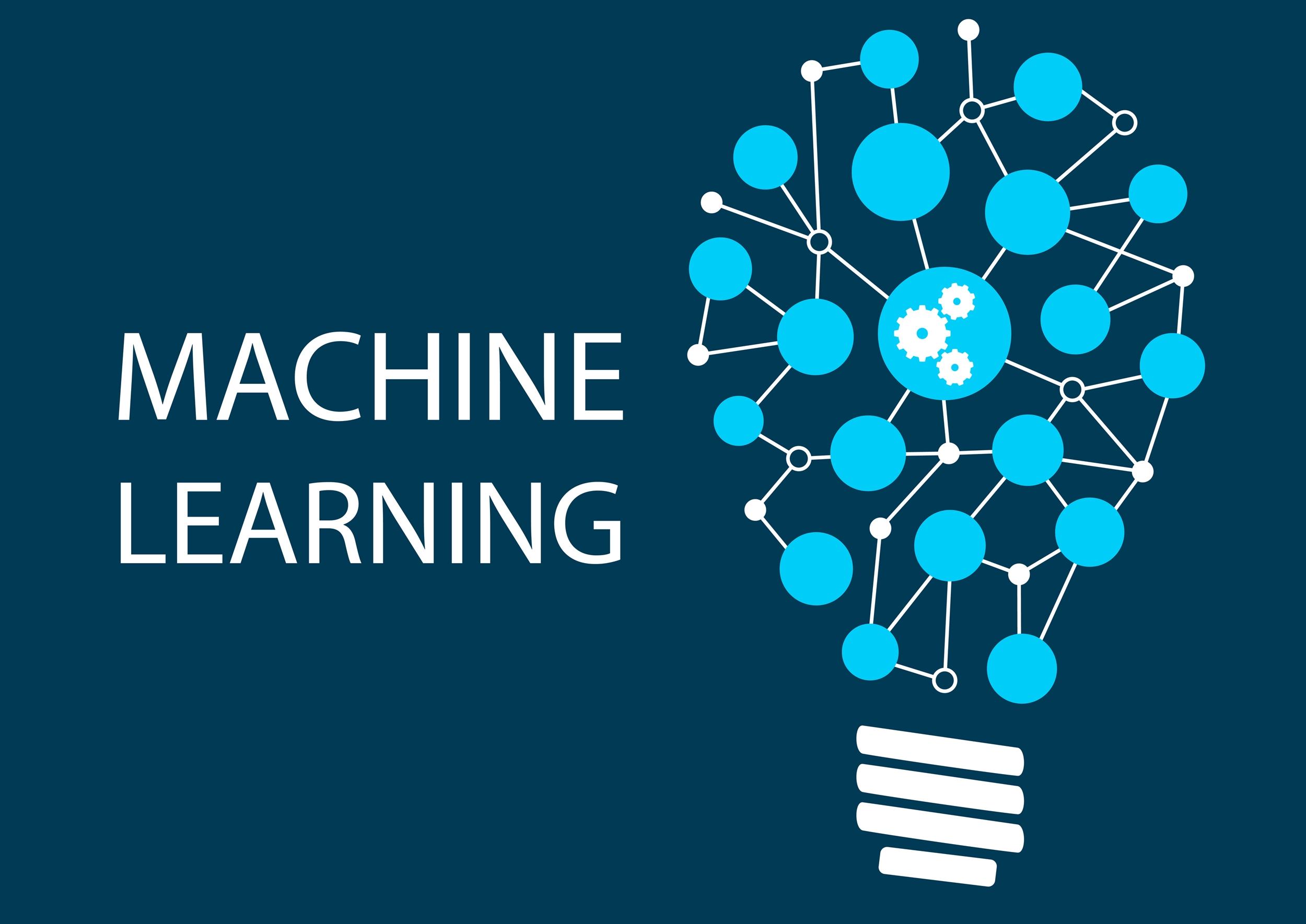Introduction:
In the dynamic landscape of machine learning, access to high-quality datasets is paramount for the development and training of robust models. Open datasets, made publicly available for researchers, developers, and data scientists, have become the bedrock of innovation in the field. This comprehensive guide aims to unravel the vast world of open datasets, shedding light on their sources, types, and applications. As we embark on this exploration, we will delve into the significance of open datasets in shaping the machine learning landscape and empowering individuals and organizations to harness the full potential of artificial intelligence.
The Foundation of Machine Learning: Data
At the heart of every machine learning endeavor lies the fundamental truth that the quality of the data used determines the efficacy of the model produced. Open datasets, characterized by their accessibility to the public, play a pivotal role in democratizing data and fostering collaborative advancements in the field. Unlike proprietary datasets that are often restricted, open datasets are freely available for anyone to use, modify, and share.
The Evolution of Open Datasets
The concept of open datasets has evolved alongside the growth of the internet and the increasing recognition of data as a valuable resource. In the early days of machine learning, researchers often relied on small, curated datasets for experimentation. However, as the demand for diverse and expansive data increased, the need for open datasets became apparent. Initiatives such as the UCI Machine Learning Repository, launched in 1987, paved the way for a new era of collaborative data sharing. Today, platforms like Kaggle, Google Dataset Search, and others host a plethora of datasets that cater to a wide range of machine learning applications.
Types of Open Datasets
Open datasets come in various forms, each tailored to address specific machine learning challenges and objectives. Understanding the diverse types of datasets is crucial for selecting the most appropriate data source for a given project. Some common types include:
- Image Datasets:
- Examples: CIFAR-10, ImageNet
- Used for computer vision tasks such as image classification, object detection, and facial recognition.
- Text Datasets:
- Tabular Datasets:
- Examples: UCI Adult Income, Titanic Dataset
- Suitable for traditional machine learning tasks such as regression and classification, involving structured data in tabular form.
- Time Series Datasets:
- Examples: Stock Price Data, Energy Consumption Data
- Vital for predicting future trends and making forecasts, time series datasets are commonly used in finance, energy, and environmental monitoring.
- Geospatial Datasets:
- Examples: OpenStreetMap Data, GPS Data
- Geospatial datasets enable machine learning applications related to mapping, navigation, and location-based services.
- Healthcare Datasets:
- Examples: MIMIC-III, Diabetes Dataset
- Applied in medical research, healthcare datasets contribute to diagnostic prediction, patient monitoring, and personalized medicine.
- Audio Datasets:
- Examples: UrbanSound Dataset, Speech Commands Dataset
- Used for tasks such as speech recognition, sound classification, and audio signal processing.
The Significance of Open Datasets in Machine Learning

- Fostering Innovation and Collaboration: Open datasets break down barriers to entry, allowing researchers and developers worldwide to collaborate on common problems. This collaborative approach accelerates innovation by enabling the sharing of insights, techniques, and models.
- Benchmarking and Comparison: Open datasets serve as standardized benchmarks for evaluating the performance of machine learning models. This standardization facilitates fair comparisons between different algorithms and models, driving the community toward more effective solutions.
- Skill Development and Education: For newcomers to the field of machine learning, open datasets provide invaluable resources for skill development. Learning through hands-on experience with real-world data accelerates the learning curve and enhances the practical understanding of machine learning concepts.
- Addressing Data Scarcity: In domains where data is scarce or difficult to obtain, open datasets become crucial assets. Researchers working on niche topics or in resource-limited environments can leverage these datasets to make significant contributions to their respective fields.
Navigating Open Datasets: Considerations and Best Practices
While the availability of open datasets is a boon to the machine learning community, navigating this vast landscape requires careful consideration of several factors. Adopting best practices ensures that the chosen dataset aligns with the project’s objectives and contributes to the development of reliable and ethical machine learning models.
- Data Quality and Preprocessing:
- Licensing and Usage Restrictions:
- Understand the licensing terms associated with the dataset to ensure compliance with usage restrictions. Some datasets may have specific requirements regarding attribution, redistribution, or commercial use.
- Data Bias and Fairness:
- Evaluate the dataset for potential biases that may impact the fairness of the machine learning model. Awareness of biases is crucial to developing ethical and unbiased algorithms.
- Data Exploration and Understanding:
- Conduct thorough exploratory data analysis (EDA) to gain insights into the characteristics of the data. Understanding the distribution of features and patterns within the dataset informs modeling decisions.
- Community Support and Documentation:
- Choose datasets that are well-documented and supported by the community. Access to documentation, forums, and user communities enhances the user’s ability to effectively work with the dataset and troubleshoot issues.
Notable Open Datasets: A Glimpse into the Possibilities
- ImageNet:
- UCI Machine Learning Repository:
- A repository of diverse datasets covering various domains, including biology, finance, and social sciences. UCI datasets are widely used for educational and research purposes.
- Kaggle Datasets:
- Kaggle hosts a vast collection of datasets contributed by the community. Ranging from structured data to images and text, Kaggle datasets cover a wide spectrum of machine learning applications.
- Common Crawl:
- An open repository of web crawl data, providing a wealth of information for natural language processing and web-related machine learning tasks.
- Google Open Images:
- A large-scale dataset of images annotated with object labels, suitable for training models for object detection and localization.
- IMDb Reviews Dataset:
- A collection of movie reviews labeled for sentiment analysis. This dataset is commonly used to develop models that can understand and analyze the sentiment expressed in text.
Challenges and Future Trends
Despite the numerous advantages of open datasets, challenges persist, and the landscape continues to evolve. Addressing issues related to data privacy, security, and maintaining up-to-date datasets remains an ongoing concern. Moreover, the increasing emphasis on fairness and ethics in machine learning calls for more comprehensive approaches to identifying and mitigating biases within open datasets.
Looking ahead, the future of open datasets in machine learning is likely to be shaped by advancements in data synthesis, federated learning, and efforts to make datasets more inclusive and representative. The development of standardized evaluation metrics and benchmarks will further enhance the reliability and comparability of machine learning models trained on open datasets.

Conclusion
In conclusion, open datasets stand as pillars of innovation, providing a gateway to the world of machine learning for enthusiasts, researchers, and practitioners alike. The diversity and accessibility of these datasets empower the community to push the boundaries of what is possible, fostering collaboration, and accelerating progress in artificial intelligence. As we continue to explore the vast landscape of open datasets, it becomes evident that the democratization of data is not merely a trend but a fundamental enabler of a future where machine learning solutions address real-world challenges with precision and efficacy.

